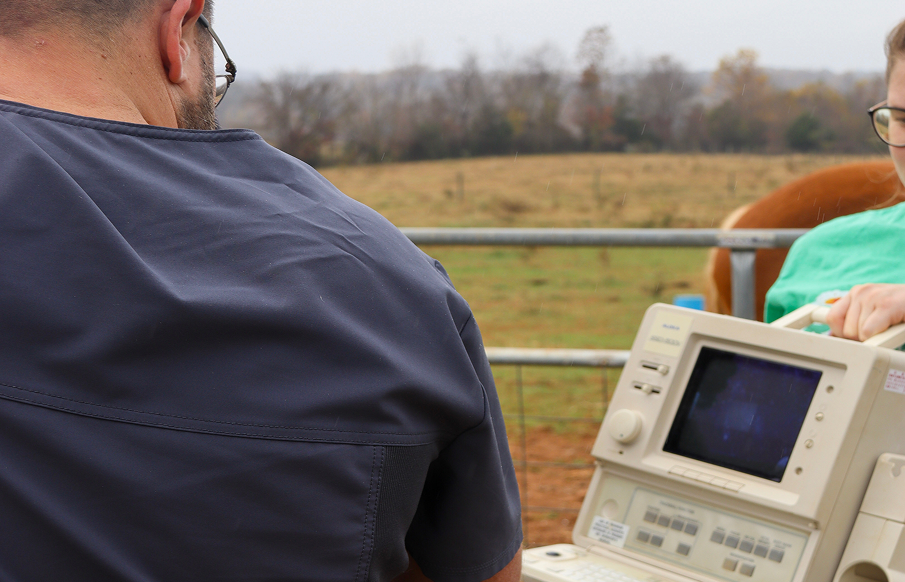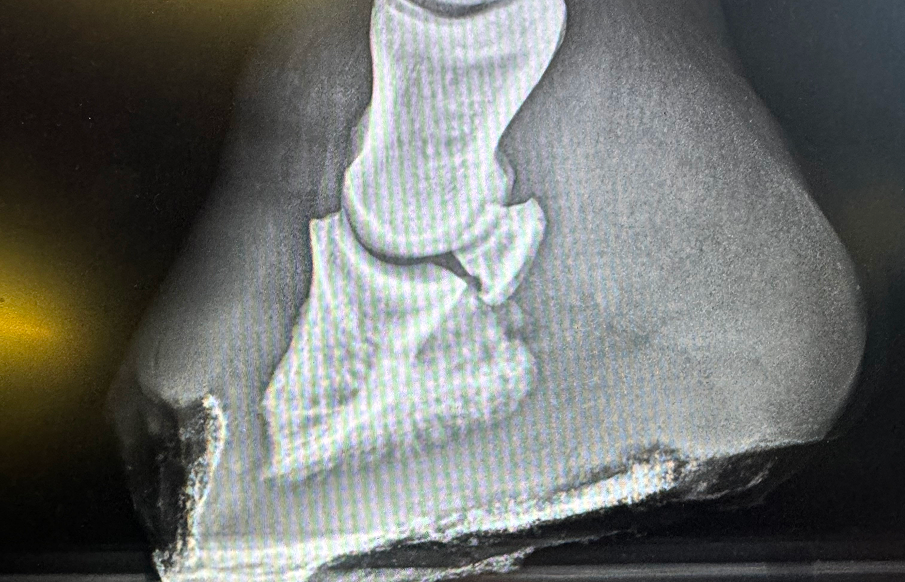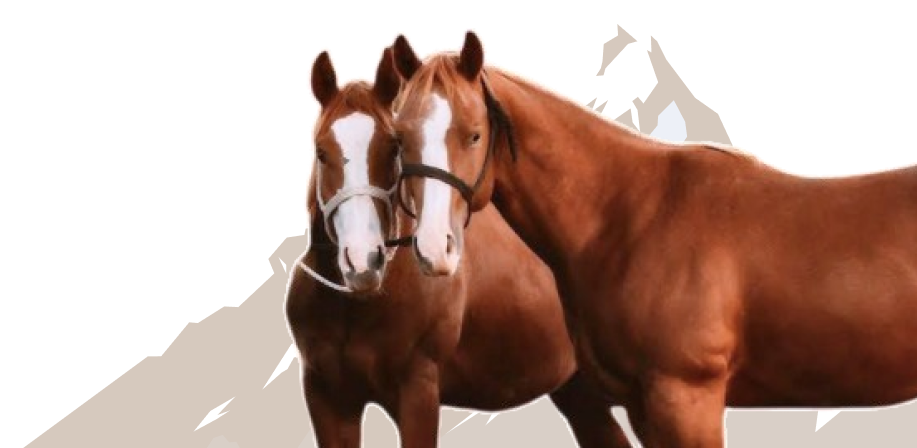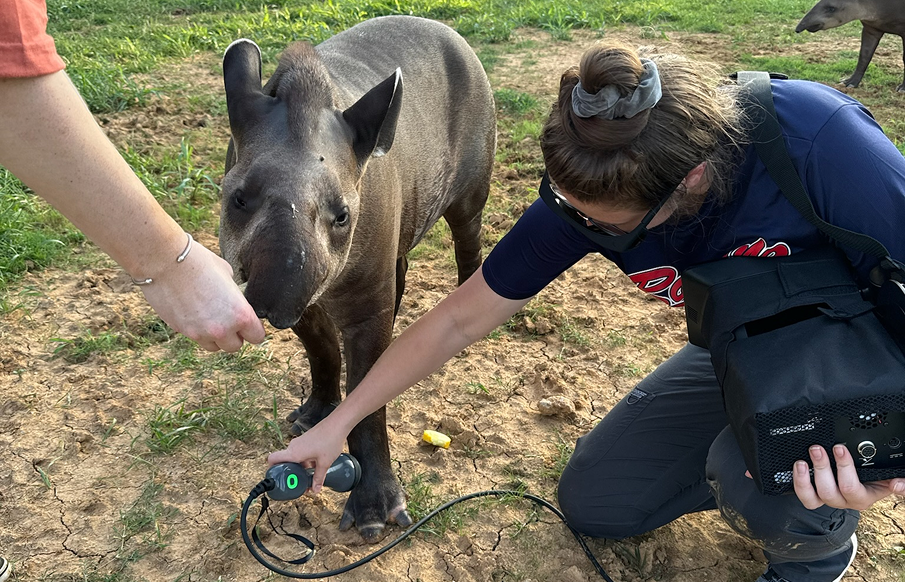Advanced Diagnostics and Treatment
Importance of X-Ray and Ultrasound Services

X-ray and Ultrasound

Musculoskeletal Issues
X-rays are commonly used to examine bones and joints for fractures, joint degeneration, arthritis, or bone infections. For example, X-rays can help identify fractures or hoof problems in sheep, horses, cattle, and goats. Ultrasound can be used to provide insight into ligament injuries that might not be visible on X-rays.
Reproductive Health
Ultrasound is widely used in reproductive health to monitor pregnancies, check for signs of uterine infections, or assess the condition of ovaries and the uterus in cows, sheep, and pigs. It’s a critical tool for early pregnancy diagnosis and managing breeding programs effectively. X-rays can be used later in pregnancy to check for issues such as fetal position or abnormal development, which can be important for ensuring a safe delivery.
Expert Care for Your Farm Friend!
Schedule Care Today
Lab Work

Blood Tests
Blood tests provide a comprehensive picture of an animal’s internal health. They can help diagnose diseases early, track the progression of chronic conditions, and monitor the effects of treatments.
Fecal Analysis
Regular fecal analysis is crucial for detecting internal parasites, such as worms, which can affect livestock health, growth rates, and overall productivity. Identifying and treating parasite infestations early reduces the risk of more serious health problems.
Coggins/EIA Testing for Equine
We offer both routine and rush Coggins testing. All of our Coggins forms are picture and digital for a higher quality test report.
Regulatory Testing for Interstate Travel
The team at Ranchside has experience with both the NCDA and USDA. They can help you navigate the transport requirements and provide all necessary testing, including the TB and brucellosis testing for cervids.
Bovine Viral Diarrhea (BVD) Testing
Early detection of BVD can help prevent the spread of this contagious disease, reducing the risk of herd outbreaks and ensuring the health and productivity of cattle.
Tissue Biopsy and Histopathology
Biopsies help diagnose diseases that are not easily detected through blood work or physical exams. They are crucial for identifying cancerous growths or other serious conditions early on, allowing for timely intervention.
Culture and Sensitivity Testing
Culture and sensitivity tests are essential for identifying bacterial infections and ensuring the correct antibiotics are used. This helps prevent antibiotic resistance and ensures that livestock recover quickly from infections.
Parasite Fecal Egg Count
Monitoring parasite loads ensures timely deworming and prevents excessive infestations that can impact growth rates, feed efficiency, and overall health of the animals.
Cold Laser Therapy
Wounds
Incisions
Arthritis
Laminitis
Navicular disease
Ligament/tendon injuries

